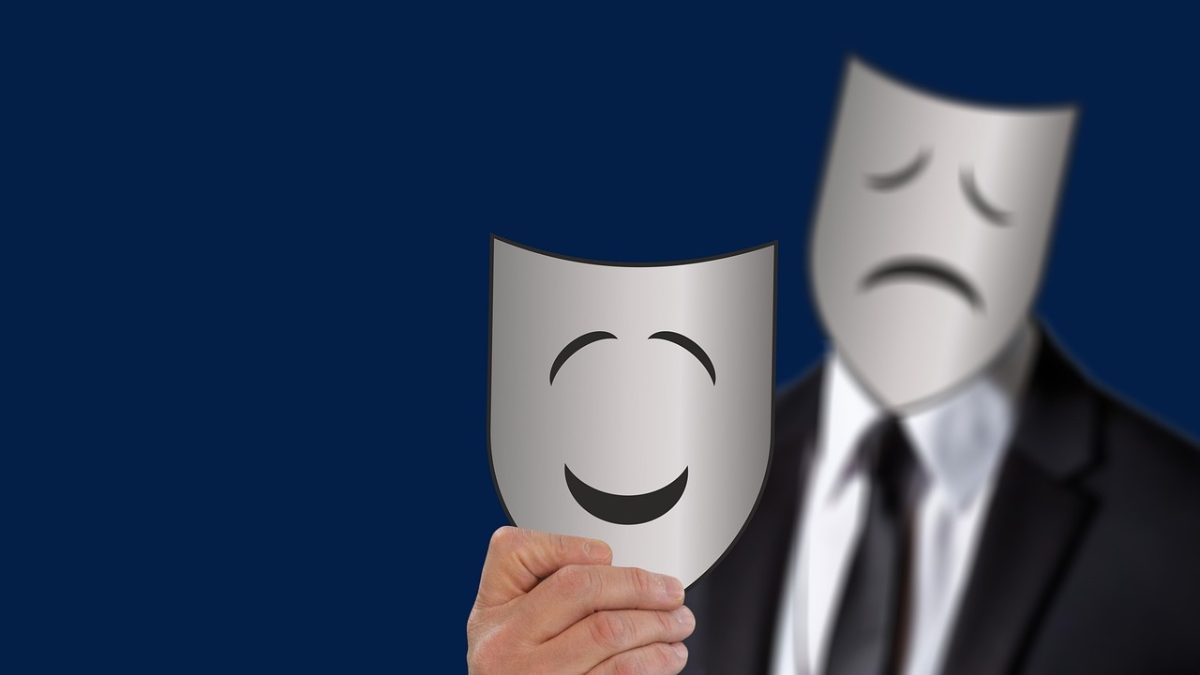Traditionally, education had a very compact objective. Since the beginning of time, we have practiced education either through religious means or theoretical ways. During the gurukul education system, it must have been practical because of how students learned Modern Warfare methods, resourcing methods, and other ways to live a good life. With time, what we learn and how we learn have changed by leaps and bounds.
One of the most recent changes is the digitalization of our education system. We now rely more on software for school management than the actual administrative unit present physically inside school grounds. Although this change was not voluntary, we adapted to it because of its convenience.
Other things, besides actual academic content and mediums, have also come to light. One such important thing is mental health awareness for students and teachers. Most traditional institutions and systems were not comfortable bringing up anything outside of the ordinary academic topic. But through years of research, understanding, and experiences, we do realize that our learning and knowledge standards are deeply impacted by our environment’s mental and physical health. Hence, equal importance in these areas is also necessary.
Many students go through mental issues, depressive periods, stressful occasions, bullying, and other external or internal emotional hindrances. Bipolar disorder is one such challenge that is not a voluntary change among students. Before we understand how teachers can deal with it, we should know what it means to detect students with bipolar disorders and help them.
Table of Contents
What is bipolar disorder?
When a child constantly feels confused, stressed, or excited with little to no control over their emotions and ultimately their behavior, it is known as bipolar disorder. Often, teachers mistake this as a behavioral issue only since students at a young age are full of energy. Commonly, they should be running around because they have a high metabolism and must use up all their energy to finally feel exhausted and ready to sleep. But the same behavior, at extreme levels, suggests a bipolar disorder.
It affects the everyday functioning of a child and once they are diagnosed they must be treated differently to ensure their academic and personal life activities are not impacted negatively due to the condition.
Symptoms of bipolar disorder
Teachers who are still confused about how to differentiate an energetic child from one who has bipolar disorder might want to look for these symptoms;
- Constant bouts of mood changes without being triggered, transitioning from being sad and hopeless to energetic and happy.
- Loss of interest or energy, or too full of energy.
- Constant episodes of rage, over-excitement, or confusion.
- Students with existing emotional issues such as depression, mania, and ADHD are more likely to have bipolar disorder.
- Inability to sit in one place throughout the day, wanting to consume one or the other form of media constantly.
As mentioned previously, these symptoms are observed in every elementary-level child, but if it persists at an age beyond that, with no effect from differentiated teaching and behavioral strategies or therapies, it might be an indication of bipolar disorder. The best way to tackle this is to seek a professional who can guide teachers or parents and diagnose students.
Classroom methodologies
Teachers have to set the perfect environment for every child, even when they have mental challenges. Specifically for students with bipolar disorder, they can try the following;
Break hours
A break period is important in every student’s life, to give them a break from the exhausting physical and mental activities they do in school. It is all the more important for students with bipolar disorder. To calm them down, and help them relax, teachers can practice innovative activities such as coloring, listening to calming music, going around the school, or simply trying to nap. When a child is allowed to do what they want, their mental needs are met during the Break hour, and the need to constantly indulge in media that arise about polar disorder decreases to some extent.
Inform, discuss and avoid surprises
Bipolar disorder students don’t like surprises. It increases their mood swings and triggers them to behave out of manner. The best thing teachers can do for them is set everyday guidelines, schedule activities, and inform them about every unfamiliar happening that might take place in the classroom. For example, routine attendance management software informs a student of when they might be asked to switch on cameras, LMS post upcoming activities, etc.
For cases beyond help, a professional doctor is highly recommended. Bipolar disorder is a controllable condition, and when addressed at an early age, the symptoms slowly decrease, and the child develops into a healthy adult. Take a step today, and secure your child’s future for academic and personal progress.
Also Read: diezhn is available on the App Store

